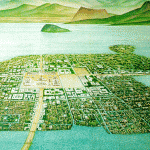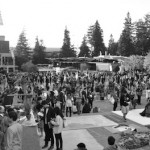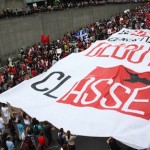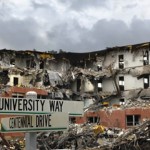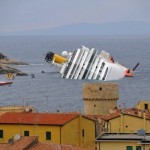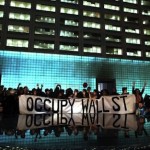May Day was a gamble for Occupy Wall Street, and a necessary one. Instead of heralding a national renewal, springtime has found Occupy short of ideas and running on vapors. Life after the encampments has not led to a generalization of occupations, and the prospect of reestablishing them in their initial form is remote. The 1st of May was logical timing for a revival – or at the very least, a lifeline, a confirmation of vitality, an open door. Bolstered by the call for an expanded general strike, May Day 2012 smelled of hope, but also desperation. Our sense at the outset was that failure in the streets – whether the result of low turnout, police out-maneuvering, or flat repetition of gesture – would radiate far beyond New York, effectively bringing the movement to an impasse. Although our fears ultimately proved unwarranted, there was little in our experience of May Day that augured an escalation of struggle; no spark to set the summer ablaze.

 Viewpoint Magazine
Viewpoint Magazine
